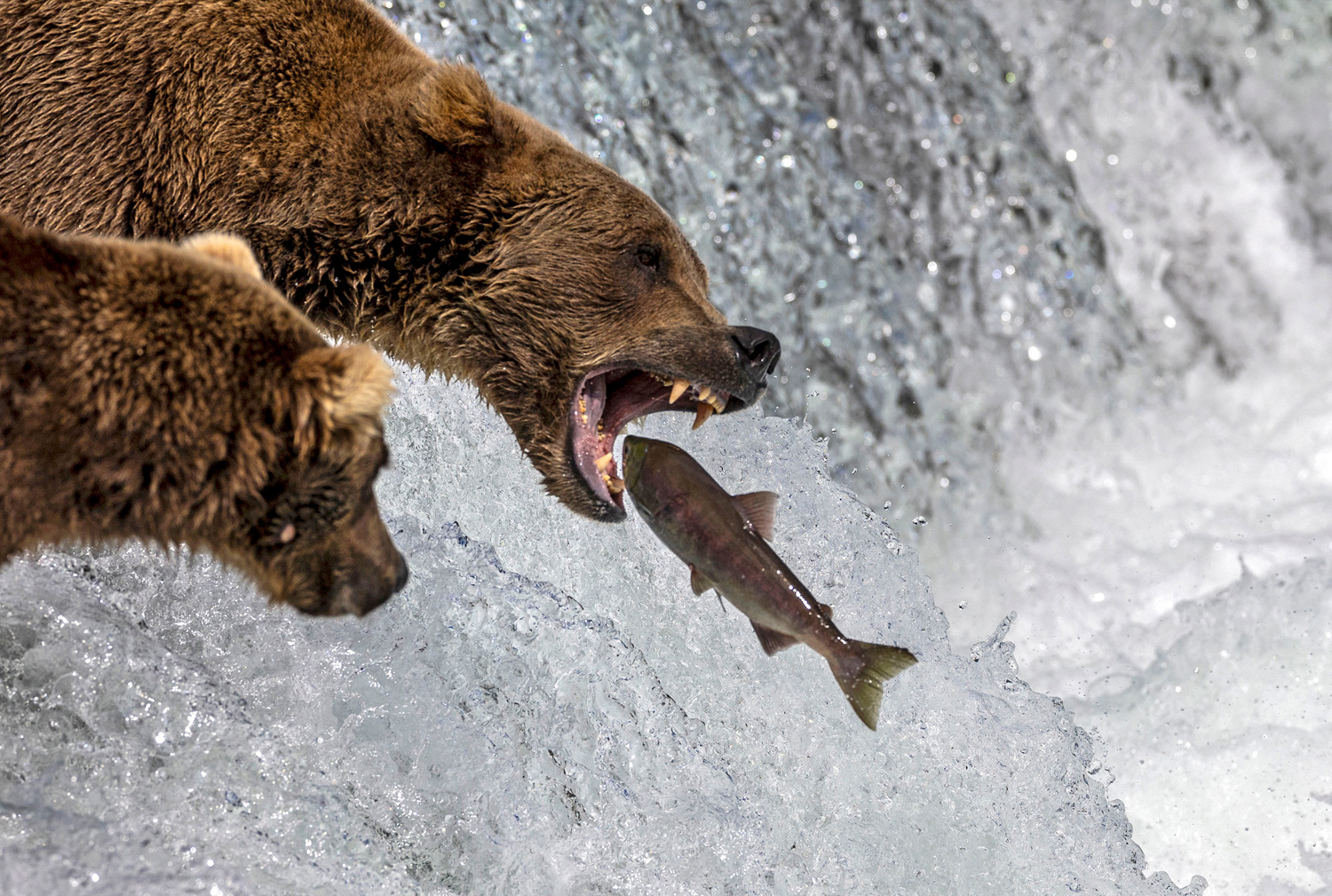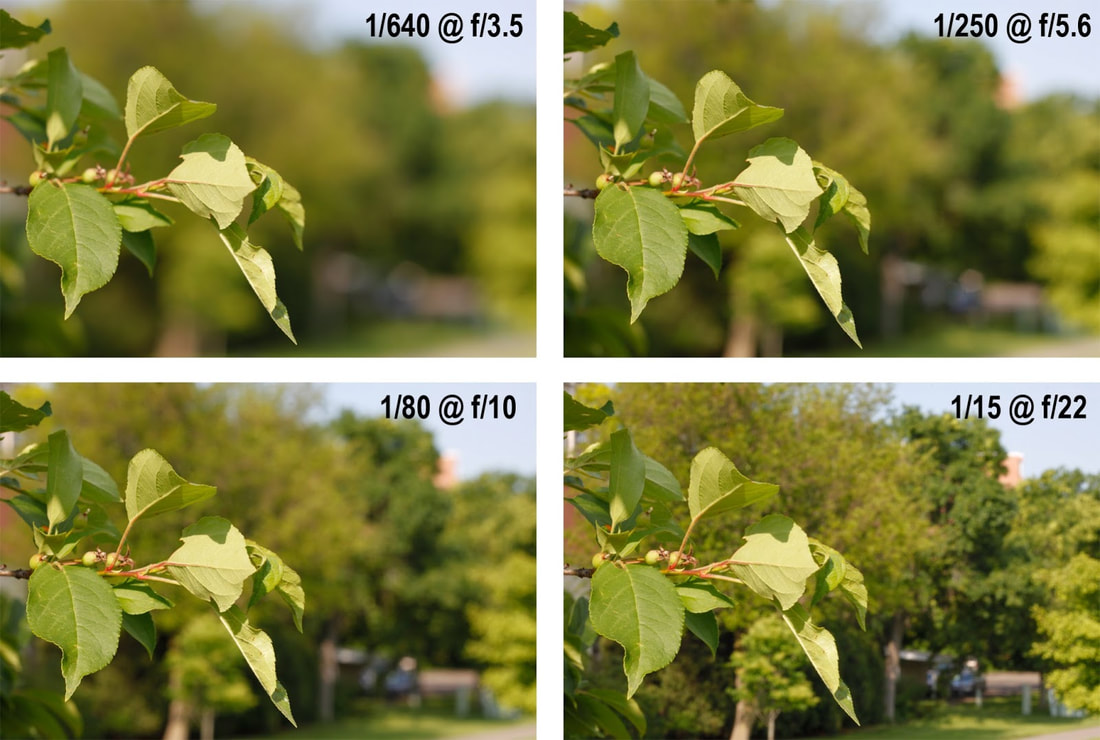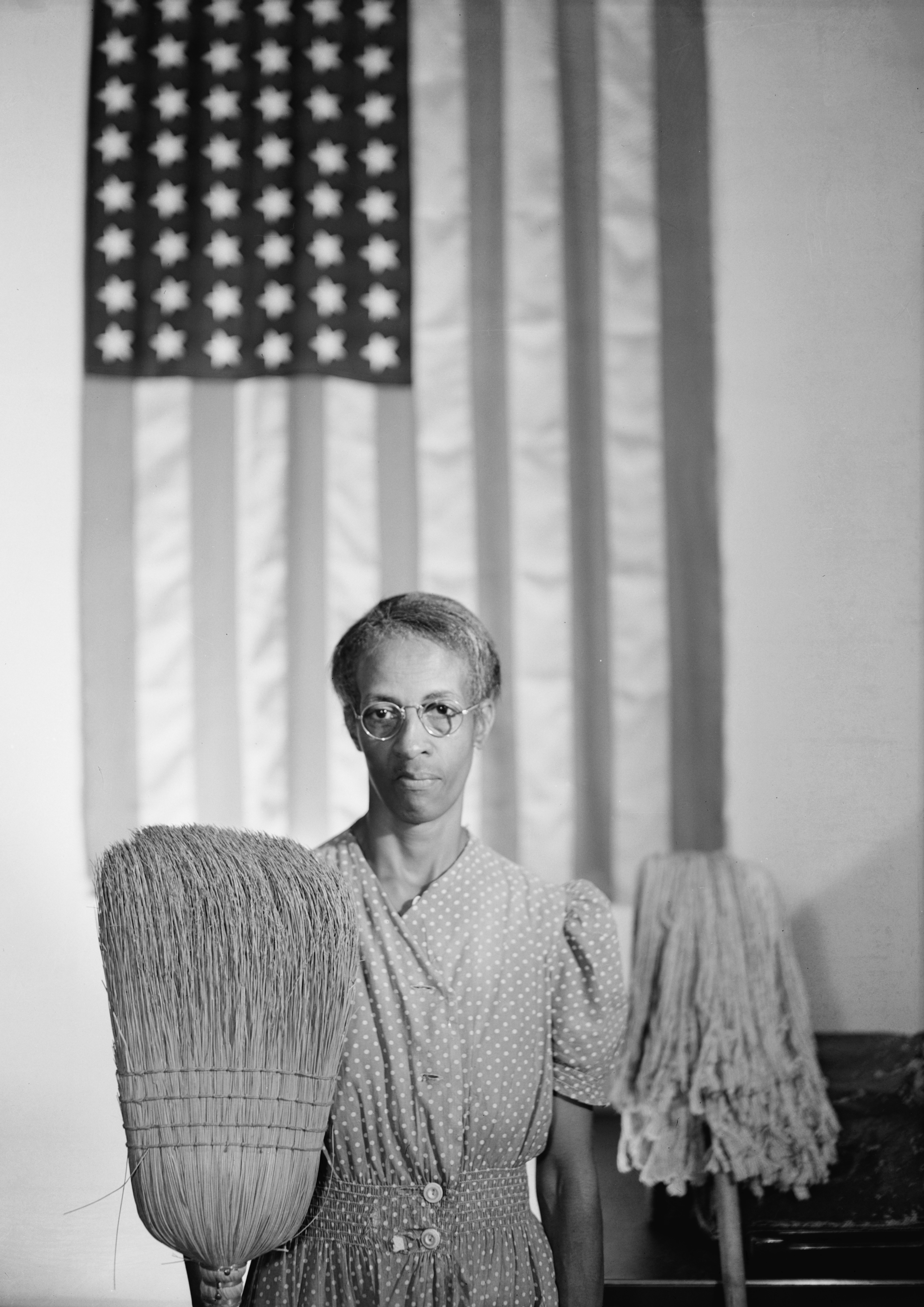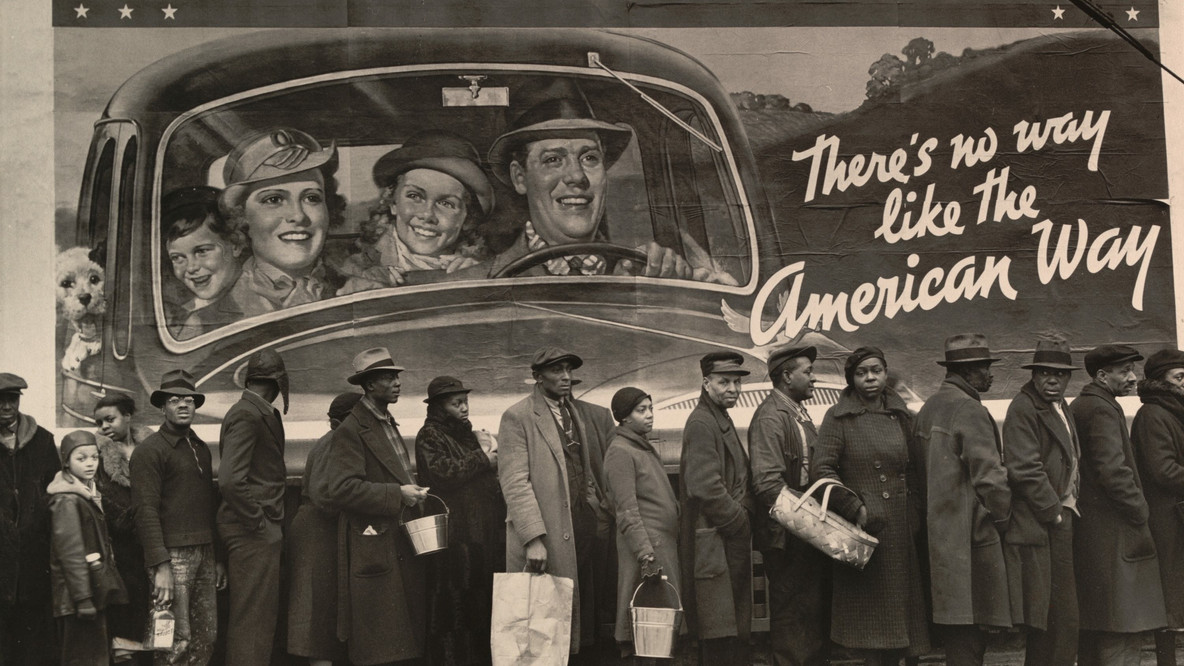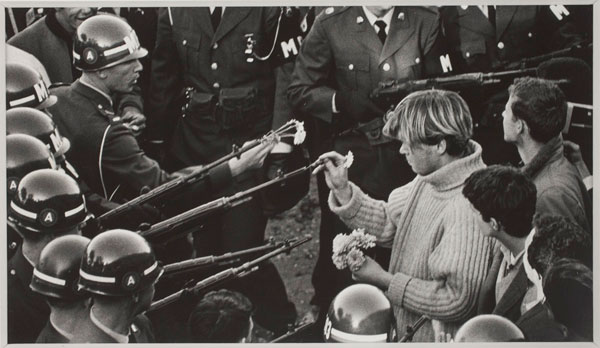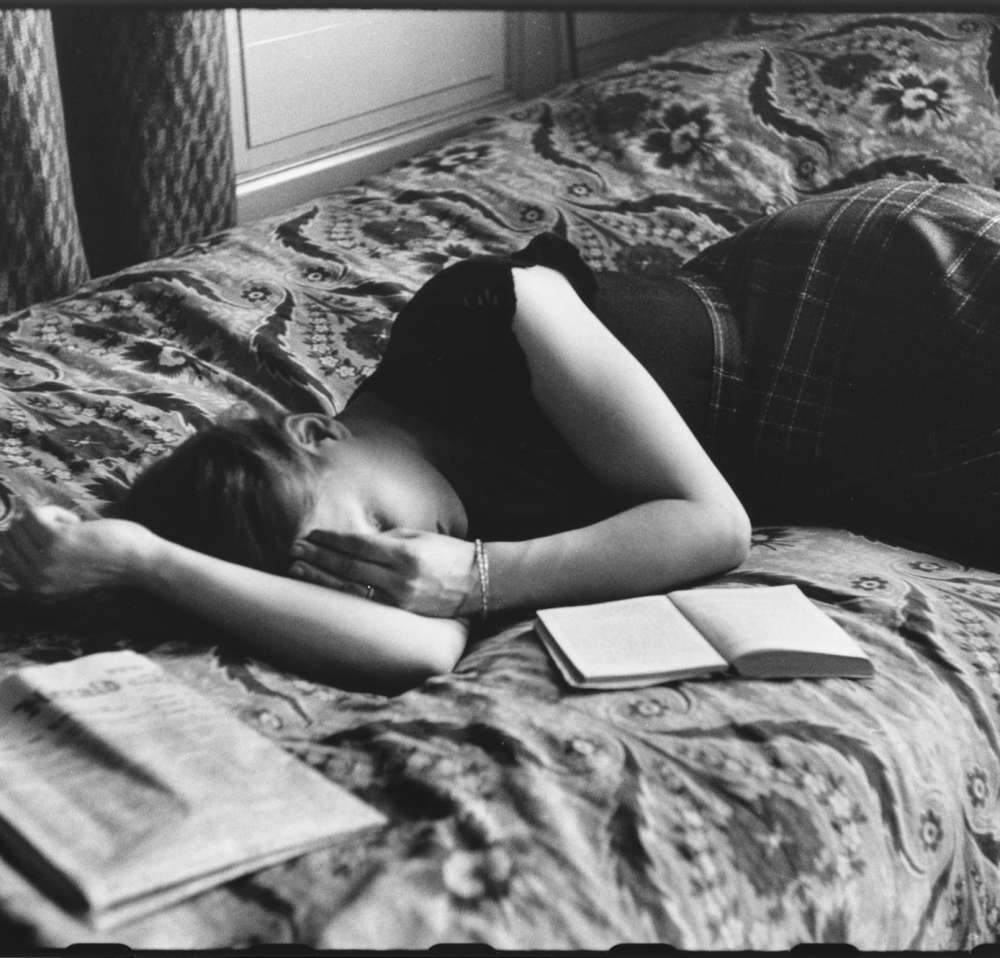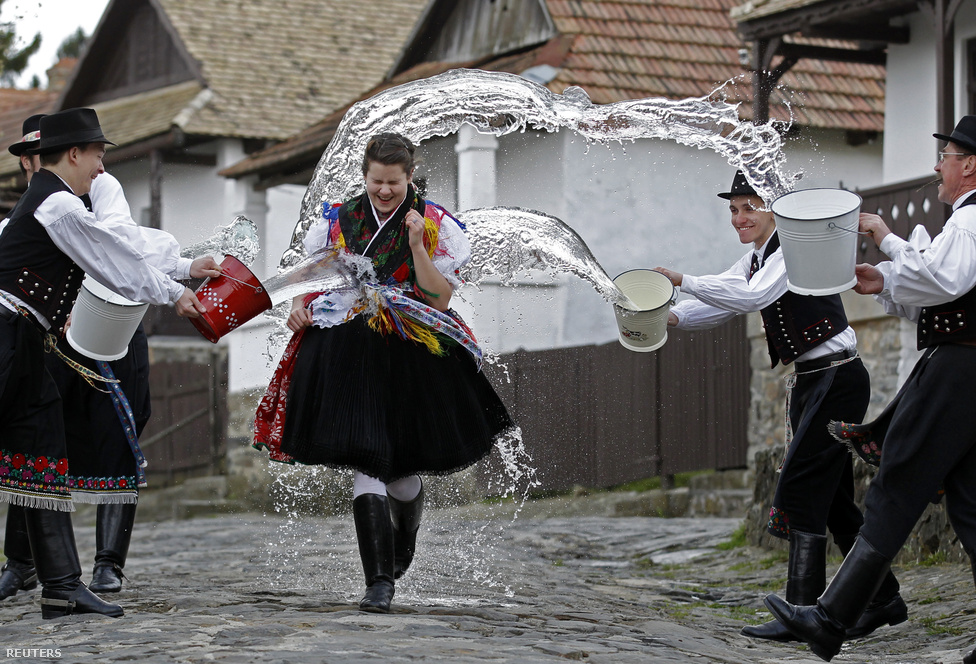S2 District Final Exam Study Guide
What is the a good FIRST STEP in brainstorming for a photo? Pick a good location for your subject.
What are two important STEPS in the brainstorming process? Research and planning.
How do you get good IDEAS for photos? Talk to your peers.
A NOTEBOOK is a great place to keep your ideas.
One of the FIRST STEPS in the creative process is taking photos.
The EXPOSURE TRIANGLE is composed of: Aperture, Shutter Speed, and ISO
Slow shutter speeds need a TRIPOD (1/4, 1/8, 1/30, etc.).
DEPTH OF FIELD in a photo is the area of focus from near to far.
What shutter speeds do you need to FREEZE action? High shutter speeds like 1/500, 1/1000, etc.
Increasing the ISO increases the camera's sensitivity to light.
CROPPING can improve compositions.
A GRADIENT is the smooth transition from one color to another.
What kind of shutter speed did the photographer use to get this photo? The photographer used a FAST SHUTTER!
Gordon Park's photograph American Gothic expresses themes of SOCIAL INJUSTICE, race, and human dignity.
Margaret Bourke-White also photographed social injustice. Knowing more about the CONTEXT--information about the subjects or people in the photo--helps us understand the photographer's intent.
Some photographs are clearly POLITICAL.

